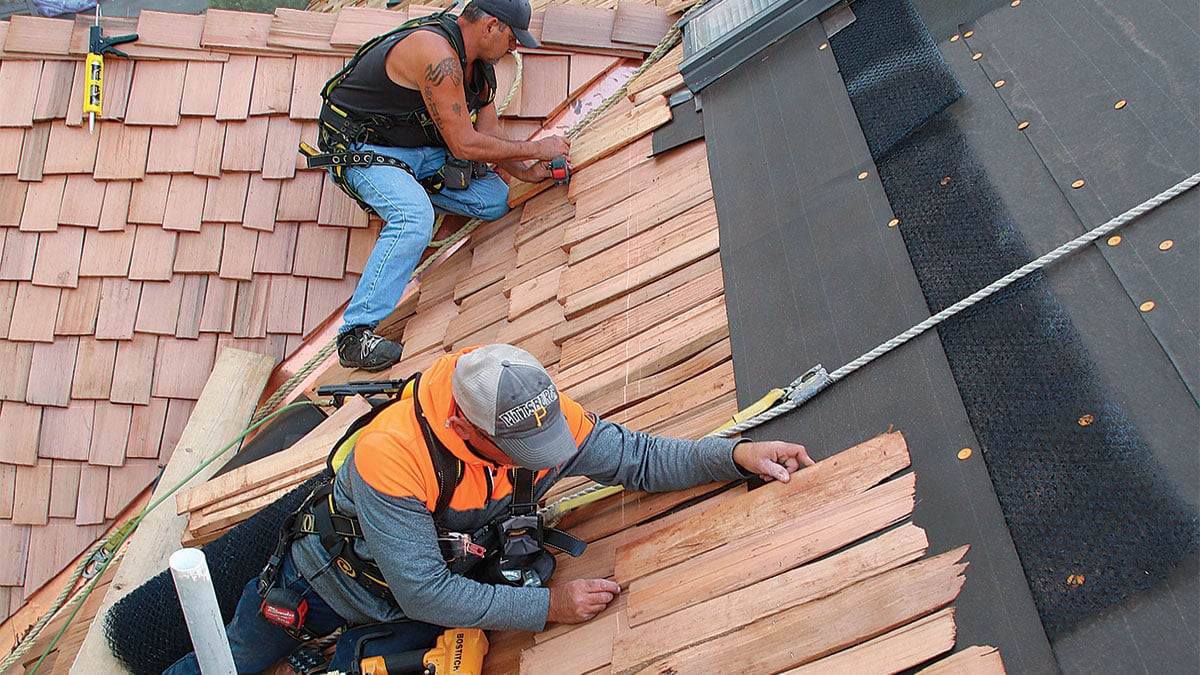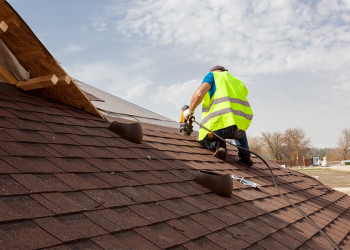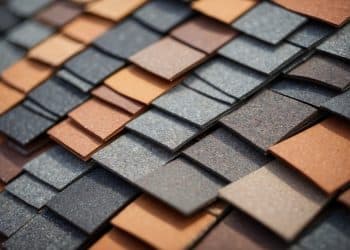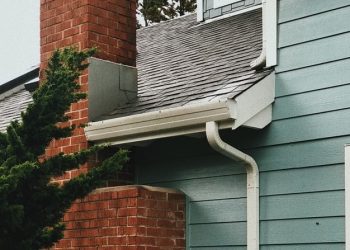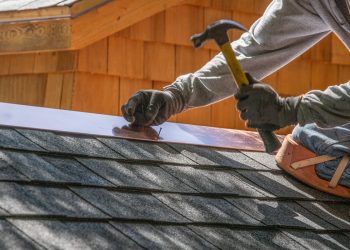Table of Contents
Shingle roofs are a ubiquitous and vital element of our homes, protecting us from the elements for decades. However, over time, they can become damaged, leading to leaks or potentially serious structural issues. While major repair work should always be left to the experts, mastering the basics of shingle roof repair can help you identify issues early and prevent further damage. In this article, we’ll explore how to recognize the signs of shingle damage, common causes of problems, when to call a professional, and long-term maintenance and prevention tips.
Recognizing Signs of Shingle Damage
Signs of shingle damage can be various and sometimes subtle. Here are some key indicators to look for:
- Curling Shingles: This is a clear sign of wear and tear. It happens when the edges of the shingles turn upward or the middle starts to come up.
- Cracked Shingles: Cracks can occur due to weathering and exposure to the elements. Look out for random cracking on multiple shingles.
- Missing Shingles: High winds, heavy rain or old age can lead to shingles being completely blown off the roof.
- Bald Spots: Loss of granules from a shingle can create bald spots. These areas may appear darker and smoother compared to the rest of the roof.
- Sagging Areas: This may be due to a structural issue. If you notice a dip or sag in the roof, it’s best to call a professional.
- Presence of Moss or Algae: While it may not necessarily damage the shingles, it’s often an unsightly problem for homeowners.
- Shingle Granules in Gutters: If your gutters are full of shingle granules, it’s a sign that your shingles are nearing the end of their life expectancy.
Common Causes of Shingle Damage
Shingle damage can be caused by a variety of factors:
- Weather Conditions: Extreme weather conditions such as heavy rain, snow, high winds, and hail can cause significant damage to shingles. Prolonged exposure to the sun’s ultraviolet rays can also deteriorate shingles over time.
- Age: Like any material, shingles degrade and lose their effectiveness over time. As shingles age, they become more susceptible to damage and wear.
- Poor Installation: If shingles are not properly installed, they can be vulnerable to wind uplift and other damaging factors.
- Lack of Maintenance: Neglecting regular roof inspections and maintenance can lead to minor problems escalating into major damage.
- Walking on the Roof: Incorrectly walking on the roof can cause shingles to crack or break. It’s best to avoid walking on the roof unless absolutely necessary, and if so, it should be done with caution.
- Improper Ventilation: Without proper attic ventilation, heat and moisture can build up, leading to warped or blistered shingles.
- Tree Damage: Overhanging tree limbs can scrape and damage shingles. Falling branches can also cause significant damage.
- Wildlife: Birds, squirrels, or other animals can cause damage to the roof by trying to burrow into the shingles or by leaving behind destructive waste.
When to Call a Professional
While minor shingle roof repairs, like replacing a missing shingle, can be done by the homeowner with some basic skills, significant damage should always be left to the experts. If you notice a significant leak or a large portion of the roof is damaged, it’s essential to call a professional roofer immediately. Roofing experts will have the tools, knowledge, and experience necessary to safely and properly repair the damage.
Long-Term Maintenance and Prevention
The best way to prolong the life of your shingle roof is through regular maintenance and prevention. Keep gutters clear of debris and regularly inspect shingles for damage. Trimming back trees near your roof can help prevent damage during storms, while proper ventilation and insulation can help prevent damage from moisture and extreme temperatures. Having your roof inspected by a professional every two years can help catch issues early and prevent major damage.
Conclusion
Mastering the basics of shingle roof repair can help you keep your roof healthy and prevent further damage or costly repairs. By recognizing the signs of shingle damage, understanding common causes, knowing when to call a professional, and investing in long-term maintenance and prevention, you can save yourself time, money, and frustration down the line. Whether you choose to acquire the basic skills for minor repairs yourself or recognize when it’s time to seek professional help, the most important thing is to maintain the integrity of your shingle roof and protect your home for years to come.

